Increase power
According to Associate Professor, Dr. Vu Thi Phuong Hau - Director of the Institute of Culture and Development, Ho Chi Minh National Academy of Politics , Hanoi is the leading locality in the country in developing the cultural industry. However, in order for Hanoi's cultural industry to fully exploit its potential, "standing alone" is not enough.
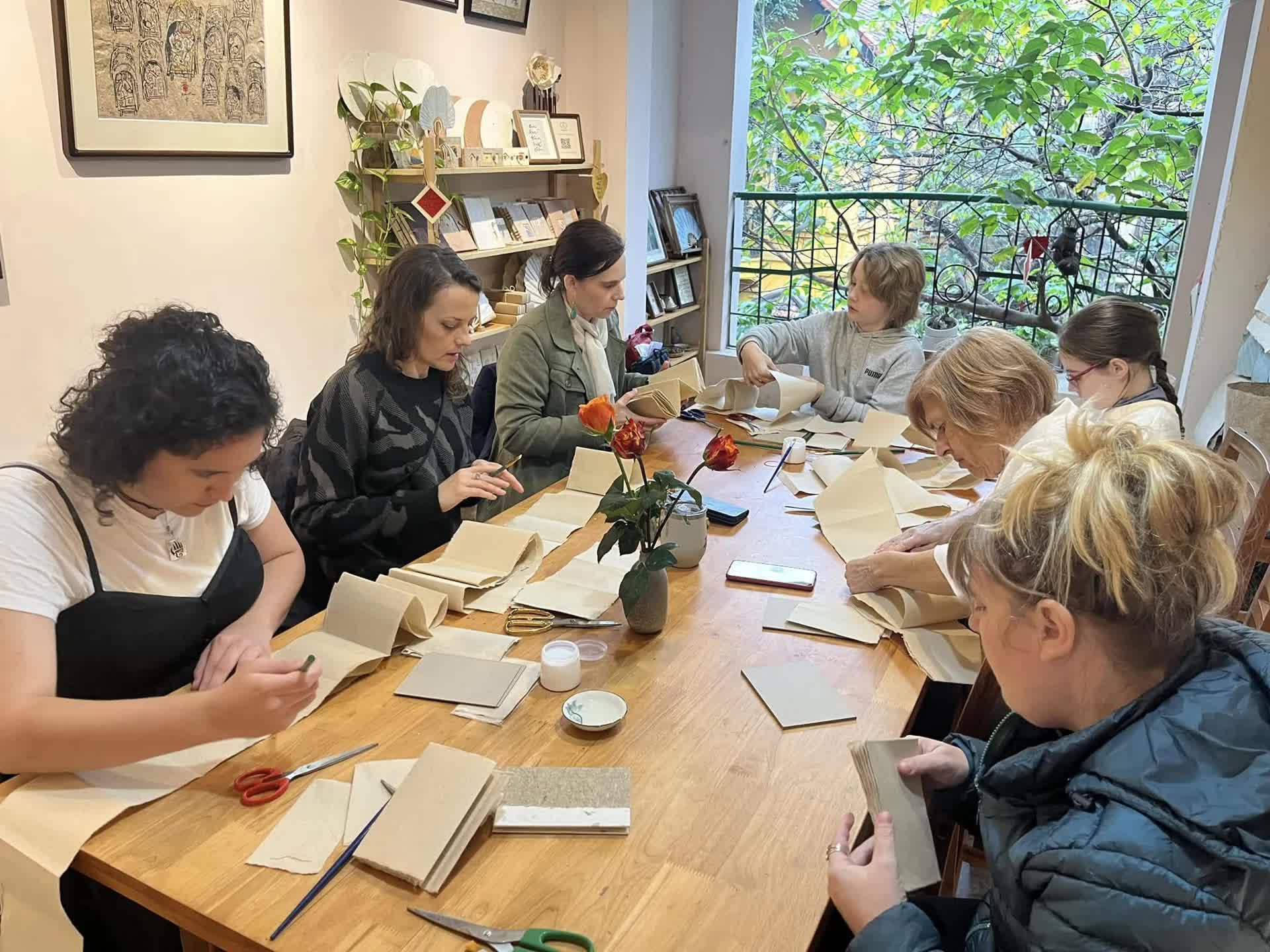
Foreign tourists enjoy participating in a workshop making handicraft products from traditional Vietnamese do paper.
Regional linkages between Hanoi and the provinces in the region not only help share resources and complement each other’s strengths, but also create a combined strength, form a market and a larger development space for the cultural industry. Localities in the region, when connected to Hanoi, also have the opportunity to promote the local economy , especially in the fields of tourism, handicrafts, performing arts, etc. through participation in the common cultural value chain.
One of the typical examples is the link to preserve and promote the heritage value of traditional craft villages and occupations. According to Dr. Nguyen Thi Thanh Hoa - Hanoi Capital University, the Do paper craft village is one of the traditional craft villages that has existed for a long time in Yen Thai village (now in Buoi ward, Hanoi) but has now been lost, then spread and developed strongly in Dong Cao village (Phong Khe ward, Bac Ninh city, Bac Ninh province) but now this craft in Dong Cao is facing the risk of being lost. Meanwhile, the paper making craft village of the Red Dao people in Thanh Son village (Bac Quang district, Ha Giang) and the Do paper making craft of the Nung people in Lung O village (Phuc Sen commune, Cao Bang) are developing on a large scale, gradually becoming tourist destinations of interest to many visitors.
Realizing the historical, cultural and economic value of the craft village, currently, some groups of young people in Hanoi have begun to take an interest in the craft of making do paper and have formed many projects to restore, preserve and promote the craft of making do paper of the ancient Yen Thai village to tourists.
One of the typical projects is "Cham do" founded by Le Hong Ky in 2021, with the desire to revive the famous traditional craft of Thang Long that has been lost. Le Hong Ky opened a workshop on Chau Long street, every day she still produces do paper according to the traditional process to create handmade products that meet the tastes of young people and current consumer needs such as making menus from do paper for hotels, tea shops, coffee shops, spas, especially gift sets for customers in 5-star hotels...
For the Red Dao and Nung people, do paper is still popular because it meets the needs of the people's traditional customs and beliefs. Among the four localities that make do paper, Cao Bang and Ha Giang need to coordinate to plan to become a place to supply raw materials for Hanoi and Bac Ninh. On the contrary, Hanoi, Cao Bang and Ha Giang are the places to exchange and consume do paper products for Dong Cao village in Bac Ninh...
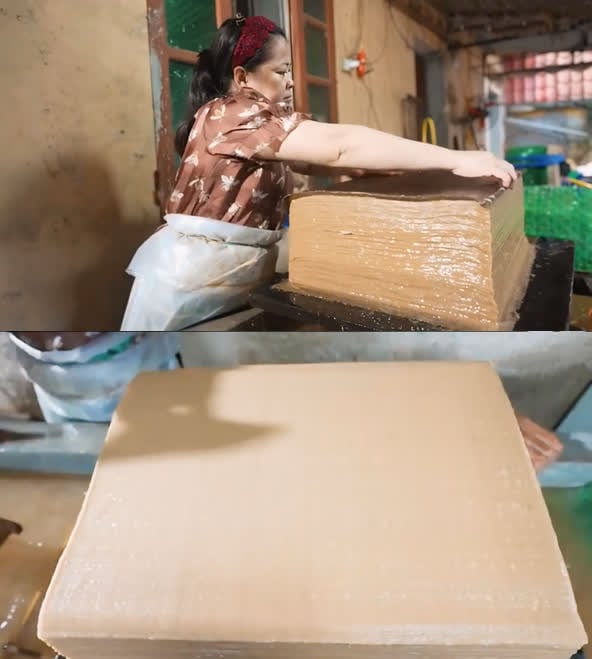
Do paper making in Dong Cao village (Phong Khe ward, Bac Ninh city, Bac Ninh province.
“Thus, craftsmen in these four localities need to link together to form a closed network from raw material sources, product production, and product consumption. Then exploit it to become a chain of tourist destinations for craft villages that make do paper, serving the needs of tourists interested in visiting, experiencing the production process or creating products from traditional do paper material” - Dr. Nguyen Thi Thanh Hoa shared.
Maximizing cultural potential
Regional linkage in the development of cultural industry has become an inevitable requirement for Hanoi and the provinces of the Red River Delta to make the most of cultural potential, creating a breakthrough in the coming period. Practice shows that the cultural and creative strength of Hanoi will be multiplied when combined with the unique heritage and resources of neighboring localities.
Regional linkage is also the key to forming inter-regional cultural clusters, cultural and tourism products with national and regional brands, making culture truly become a spearhead economic sector as expected.
According to Dr. Nguyen Thi Thanh Hoa, before carrying out regional linkages to meet the requirements of restoring and preserving traditional craft villages and products, it is necessary to determine the value of the cultural heritage of craft villages, which are the remaining historical traces. In the process of restoration and preservation, it is necessary to preserve the original values from raw materials, production processes, and product types to promote, not to create a new type of craft product.
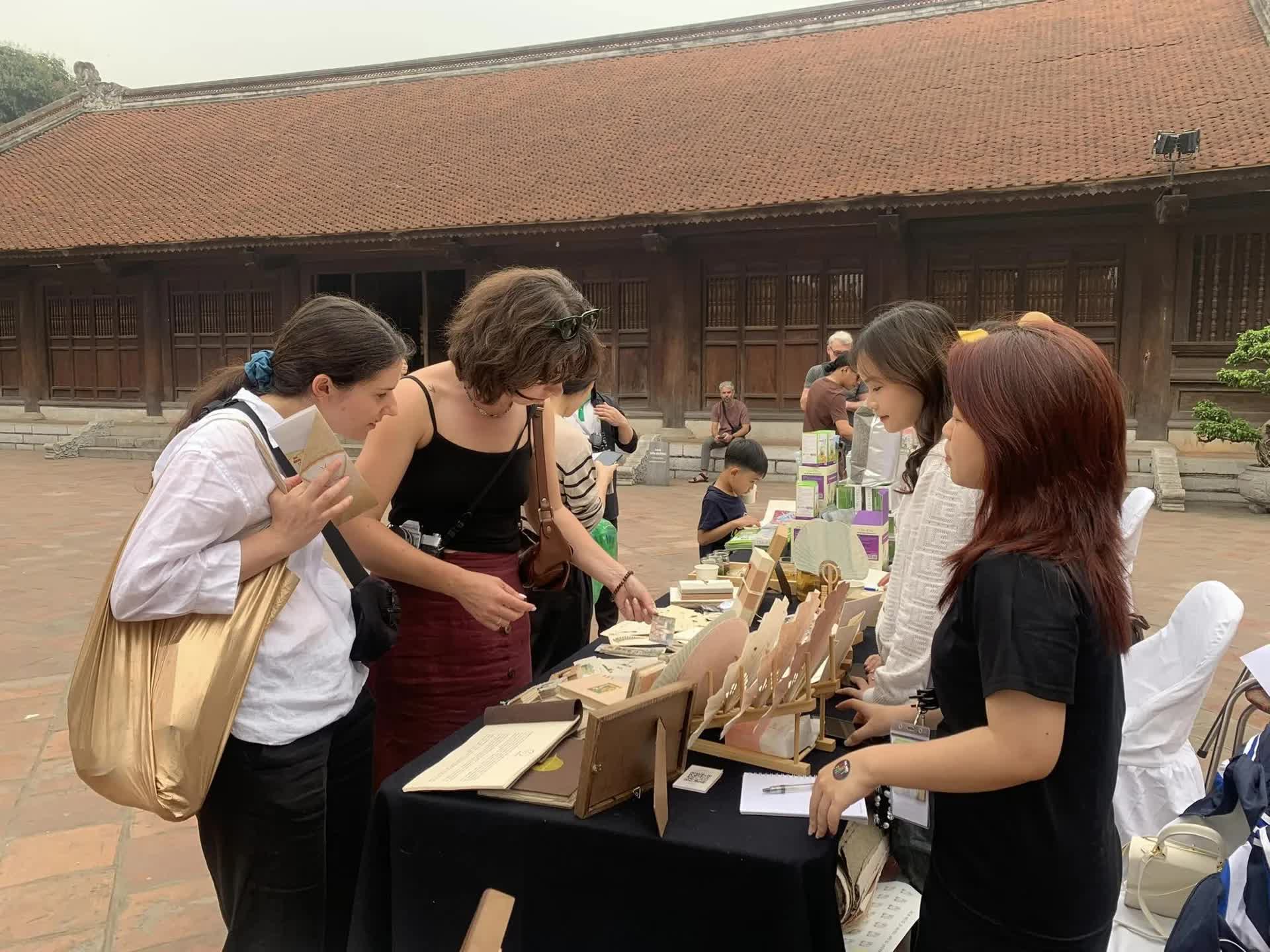
Foreign tourists excitedly buy handmade products made from Do paper at the Hanoi Art Fair event at the Temple of Literature.
At the same time, promote the inclusion of craft villages in tourism programs, both to promote the image of craft villages and traditional craft products and to contribute to increasing income for local people. The State needs to perfect institutions, policies, strategies, planning, and plans for regional linkage development associated with sustainable economic development and social security, including cultural tourism.
In particular, there should be policies to encourage the maintenance, restoration and conservation of traditional craft village cultural heritage in conjunction with environmental protection and natural landscapes for sustainable development of craft villages. “To effectively link regions in the restoration and conservation of traditional craft village cultural heritage in conjunction with socio-economic development, it is necessary to mobilize the intelligence, efforts and initiatives of the whole society from many sides: managers, communities, media agencies, scientists and experts in the field of heritage” - Dr. Nguyen Thi Thanh Hoa expressed her opinion.
According to Deputy Director of the Department of Culture, Sports and Tourism of Bac Ninh province Nguyen Van Dap, the Red River Delta region is characterized not only by its heritage value but also by its rich cuisine, costumes, and traditional craft villages. In particular, the craft villages in the region are a vivid embodiment of the long history of the ancient Vietnamese people, such as Ngu Xa village (Hanoi) famous for its bronze casting, Bat Trang ceramic village (Hanoi), Dong Ho painting village (Bac Ninh), Ha Dong silk (Hanoi), Chu Dau ceramic (Hai Duong)...
“Taking advantage of cultural and historical heritage is a great opportunity to create unique cultural tourism experience products. Taking Hanoi as the center, we can expand the space and develop new cultural tourism products to localities, develop experimental night cultural tourism products, street tourism... to maximize the potential and advantages of provinces and cities in the region” - Mr. Nguyen Van Dap said.
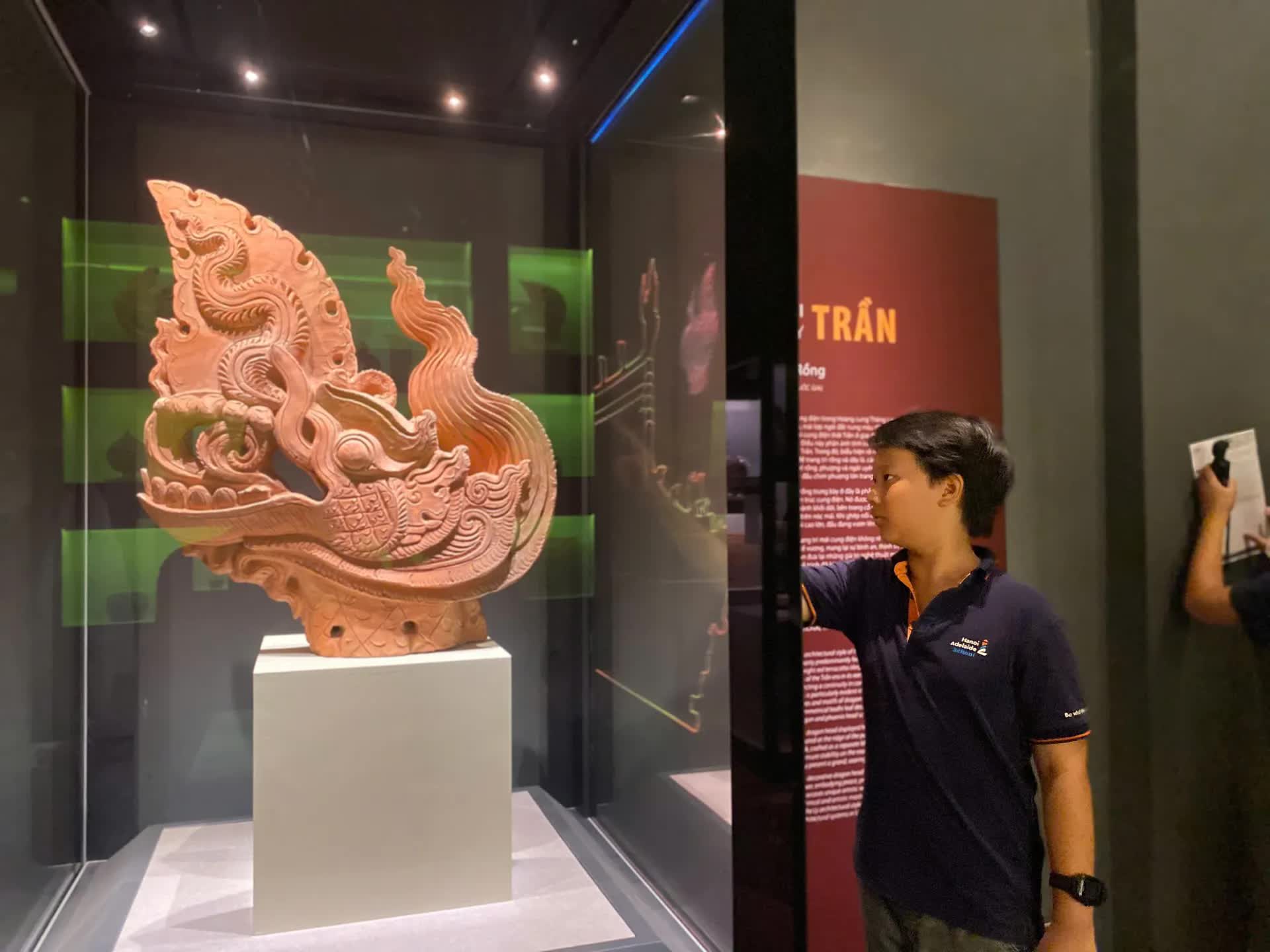
Tourists visit Thang Long Imperial Citadel - Hanoi
One of the important factors of regional connectivity is to promote digital transformation and technology application in inter-regional cultural industries, eliminate geographical distances, and create a virtual connection environment for regional cultural entities. First of all, it is necessary to promote the digitization of regional cultural heritages such as relics, festivals, craft villages, etc. of each locality and integrate them into a common system, forming a digital map of heritage sites with explanatory information, 3D images, videos, etc. for users to explore online.
For example, developing an AR application that allows visitors to the Imperial Citadel of Thang Long (Hanoi) to point their phones at the scene and see a re-enactment of the ancient Kinh Thien Palace, while also introducing related relics in Nam Dinh (such as Thien Truong Palace of the Tran Dynasty). Or using VR technology to create a virtual inter-provincial tour: visitors sitting in Hanoi wearing VR glasses can visit Keo Pagoda (Thai Binh), Tran Temple (Nam Dinh), But Thap Pagoda (Bac Ninh) with a virtual tour guide. These creative digital experiences will encourage them to visit in real life later.
“Hanoi – as a regional leading center, must be more proactive and dynamic in initiating initiatives to connect, support and coordinate other provinces for mutual development. Hanoi’s success in this field will be a model that spreads, creating motivation for other regions in Vietnam in the process of building an advanced cultural industry, imbued with national identity, bringing Vietnamese culture to the world” - Associate Professor, Dr. Vu Thi Phuong Hau commented.
Source: https://bvhttdl.gov.vn/lien-ket-vung-de-bao-ton-phat-huy-gia-tri-di-san-20250623104234096.htm


![[Photo] Prime Minister Pham Minh Chinh chairs the national online conference on combating smuggling, production and trade of counterfeit goods.](https://vphoto.vietnam.vn/thumb/1200x675/vietnam/resource/IMAGE/2025/6/23/4a682a11bb5c47d5ba84d8c5037df029)

![[Photo] Prime Minister Pham Minh Chinh holds meeting to launch exhibition of national achievements to celebrate 80th National Day](https://vphoto.vietnam.vn/thumb/1200x675/vietnam/resource/IMAGE/2025/6/23/0c0c37481bc64a9ab31b887dcff81e40)
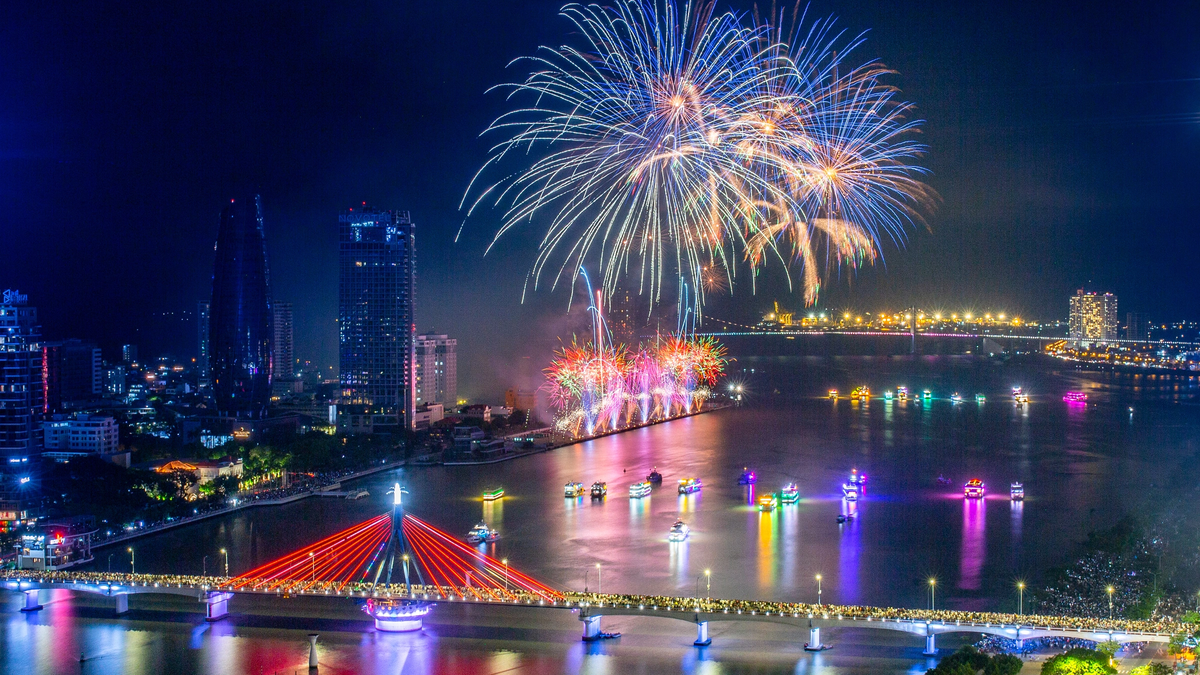


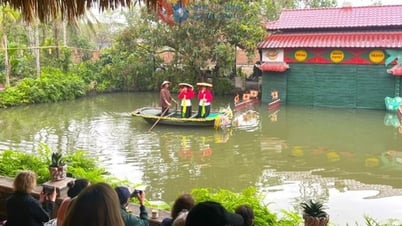

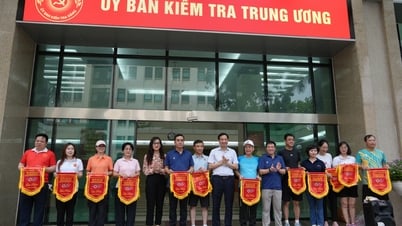

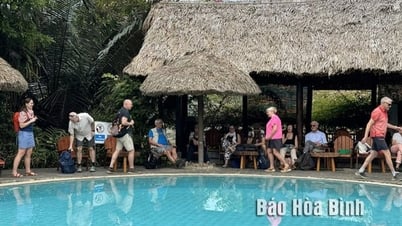
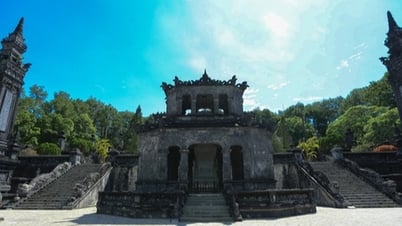
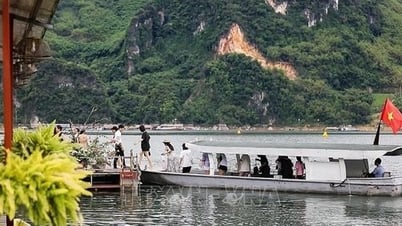




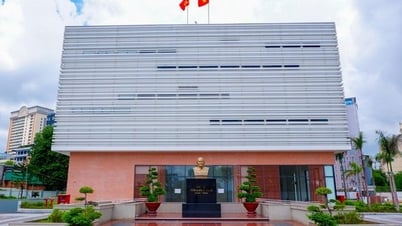

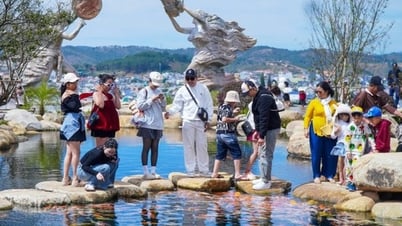

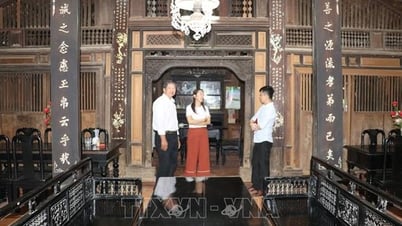
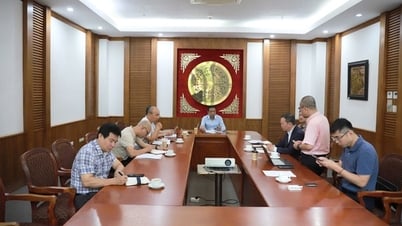
![[Photo] Party Congress of the Central Internal Affairs Commission for the 2025-2030 term](https://vphoto.vietnam.vn/thumb/1200x675/vietnam/resource/IMAGE/2025/6/23/5bf03821e6dd461d9ba2fd0c9a08037b)





















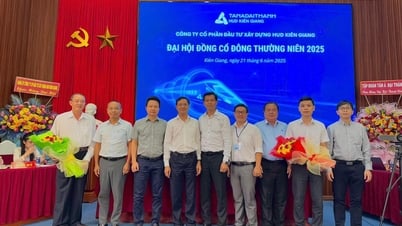


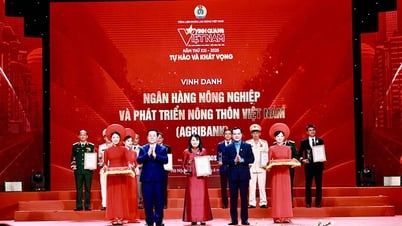







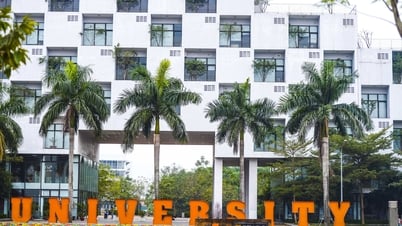

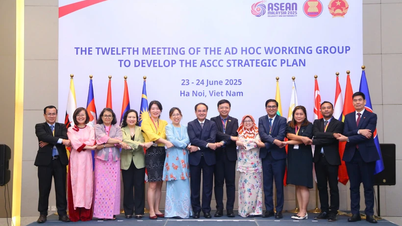



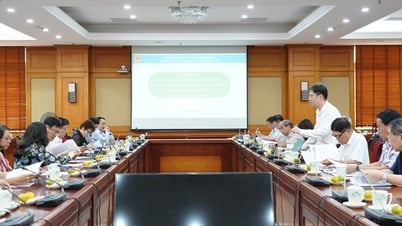

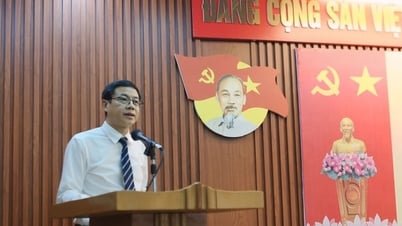
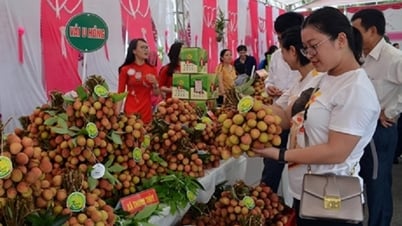

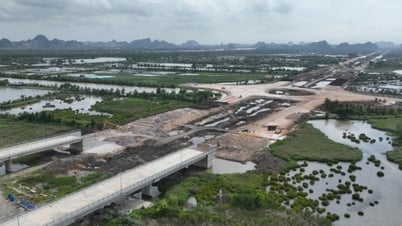


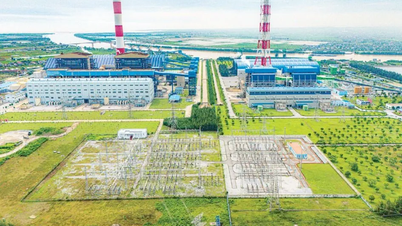





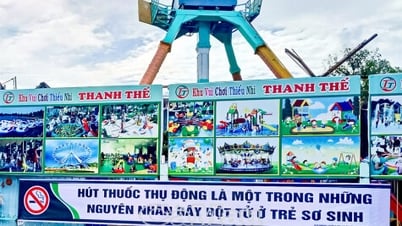














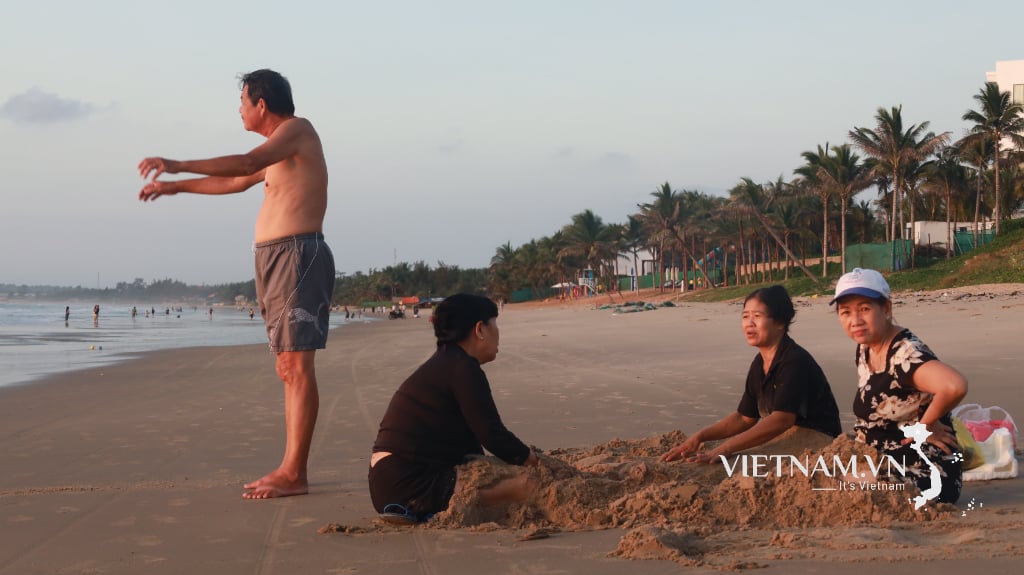

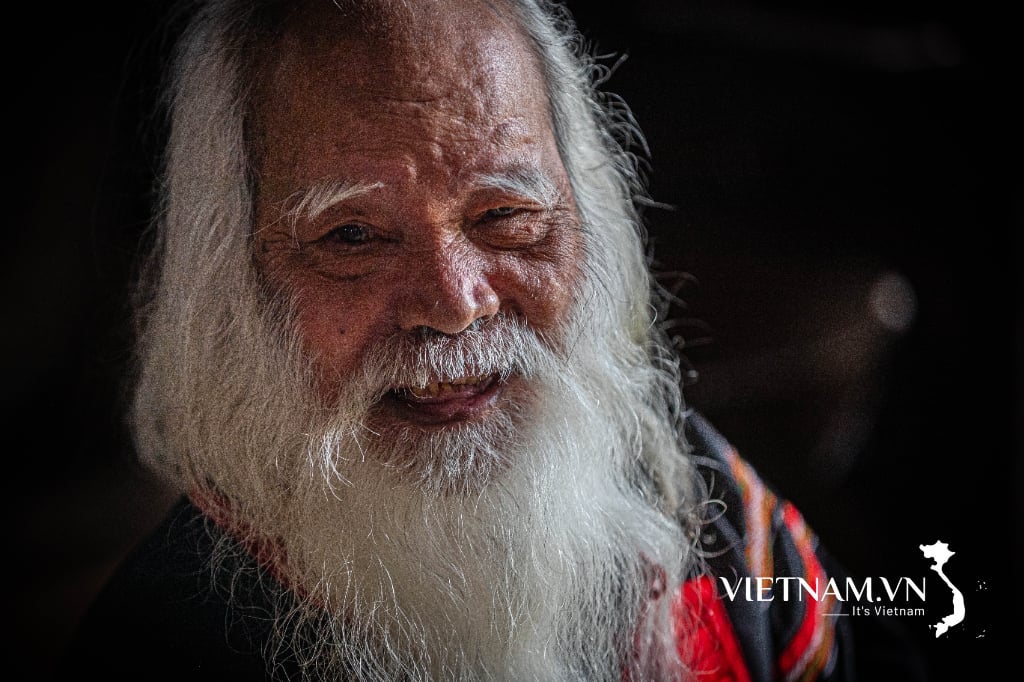
Comment (0)